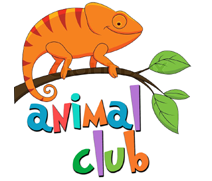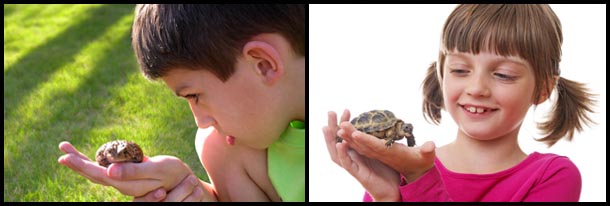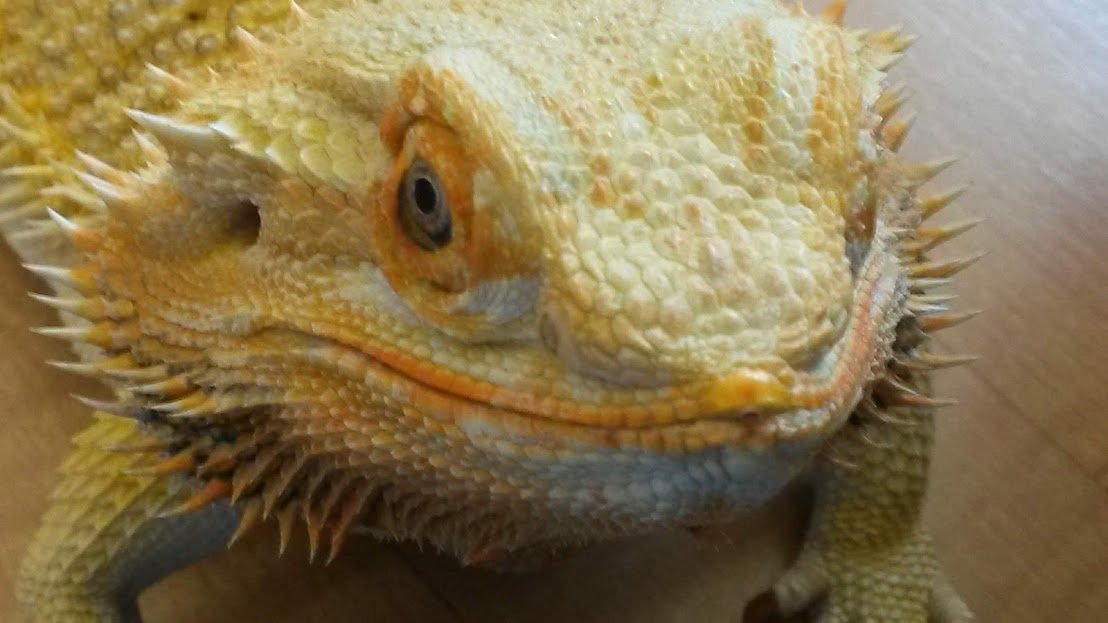Bearded dragon
A Pogona, also known as a bearded dragon, is a type of lizard. Although there are different types of bearded dragons, its tan colour, triangular head, spiky body and crocodile-like walk easily distinguish them from other lizards. Their tails are usually as long as the rest of the body and are very handy for climbing!
Habitat
Bearded dragons are found in the deserts, woodlands and savannas all over Australia. These days they are very popular as pets. You can meet them in many households, zoos and reptile centres all over the World.
In the wild they spend most of their daytimetime on trees and bushes or basking on rocks. At night they hide in small caves or bury themselves under ground.
Predators and defense
A bearded dragon has a few predators. They include dingos, birds of prey, snakes and lizards (like goannas)!
Bearded Dragons have an amazing defence mechanism. We could describe it as hide-scare away-attack!
- Beardies are masters of camouflage, their tan-coloured skin comes in different shades depending on their surrounding. They are really good at staying still for a very long periods of time too! Not an easy target to spot!
- The lizards are called “bearded” for a good reason: when threatened or excited they inflate their beard pouch and look bigger! Sometimes they open their mouth at the same time to look scary. Beardies can flatten their body and spread out the spikes (the spikes are actually quite soft, but shhh…predators don’t need to know that). Most animals will be alarmed. Who would want such a spiky meal?
- If fooling the predator didn’t work, the bearded dragons can and will bite. Ouch!
Diet
The diet of a bearded dragon consists of a mix of plant food and insects. Beardies enjoy greens, fruits, berries and vegetables, as well as worms, crickets and cockroaches.
The size of a live food or a piece of salad should be about as big as the distance between the lizard’s eyes. Otherwise he can choke! Therefore if feeding baby dragon, choose the smallest insects available, like fruit flies and pinhead crickets.
Keeping bearded dragon as a pet
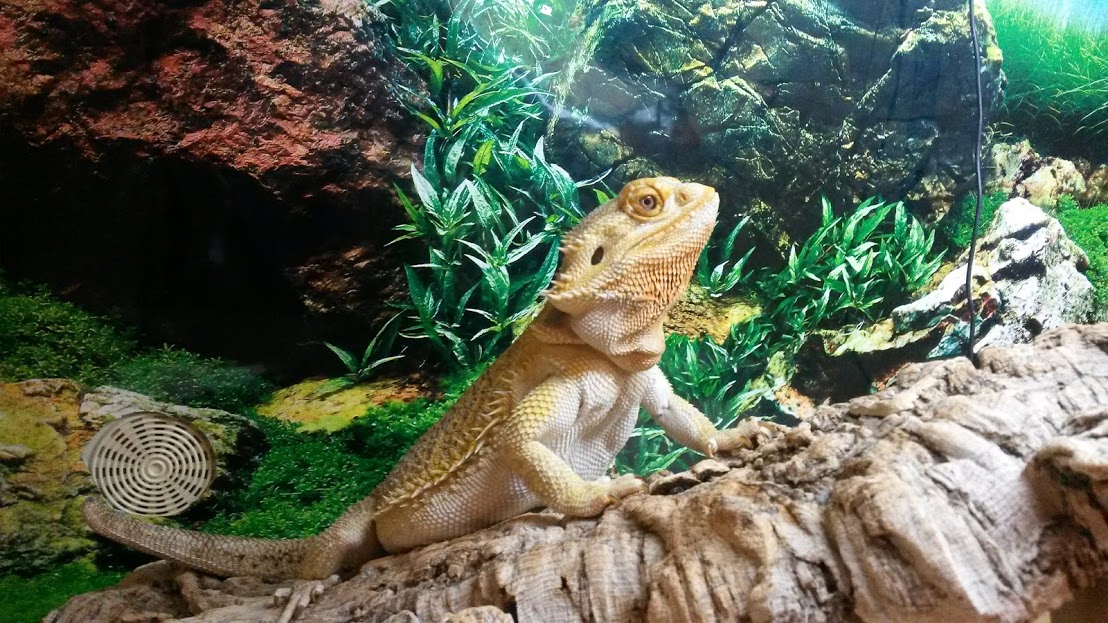
Bearded Dragons are extremely popular pets. They aren’t picky eaters, active during the day, gentle, curious and relatively easy to care for.
If you are thinking about getting a bearded dragon here are a few things to keep in mind:
- Bearded Dragons need special houses!
They will require a vivarium, a box-like enclosure with sliding glass doors. Choose as big a vivarium as you can because beardies like a good stretch. Some of them can grow quite big too! To keep your dragon healthy and happy, you will have to install a special heat lamp and UVB light in the vivarium.
- Bearded dragons eat things that crawl and hop!
Be prepared to feed your dragon live food: young beardie will eat mostly insects. Adult dragon will eat 65% salad and 35% insects.
- They need attention!
Bearded dragons enjoy human attention and will prefer daily handling. They enjoy free running around the house too.
- No company for me!
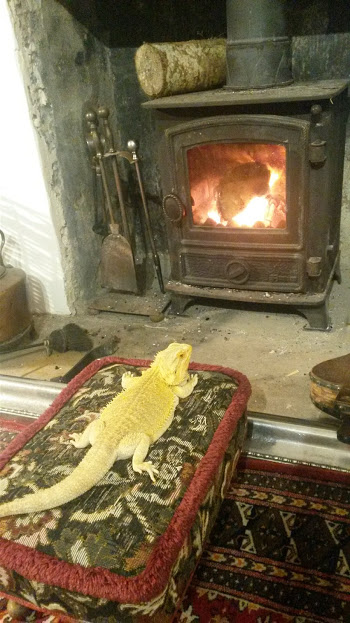 Bearded Dragons are solitary animals and should be kept alone. Some dragons can tolerate each other’s company (like our Roxy and Savage ). So if you still want to keep the dragons together choose two girls or boy and a girl (it might be hard to tell bearded dragon’s sex when they are little), but be prepared to separate them if they start fighting. You can introduce the beardie to other house pets but never ever leave them alone unattended even if they seem to get along well.
Bearded Dragons are solitary animals and should be kept alone. Some dragons can tolerate each other’s company (like our Roxy and Savage ). So if you still want to keep the dragons together choose two girls or boy and a girl (it might be hard to tell bearded dragon’s sex when they are little), but be prepared to separate them if they start fighting. You can introduce the beardie to other house pets but never ever leave them alone unattended even if they seem to get along well.
On the whole, Bearded Dragons are great pets and get along well with all members of the family.
If you have any questions about caring for bearded dragons, please let The Animal Club know!
Thank you for reading!

